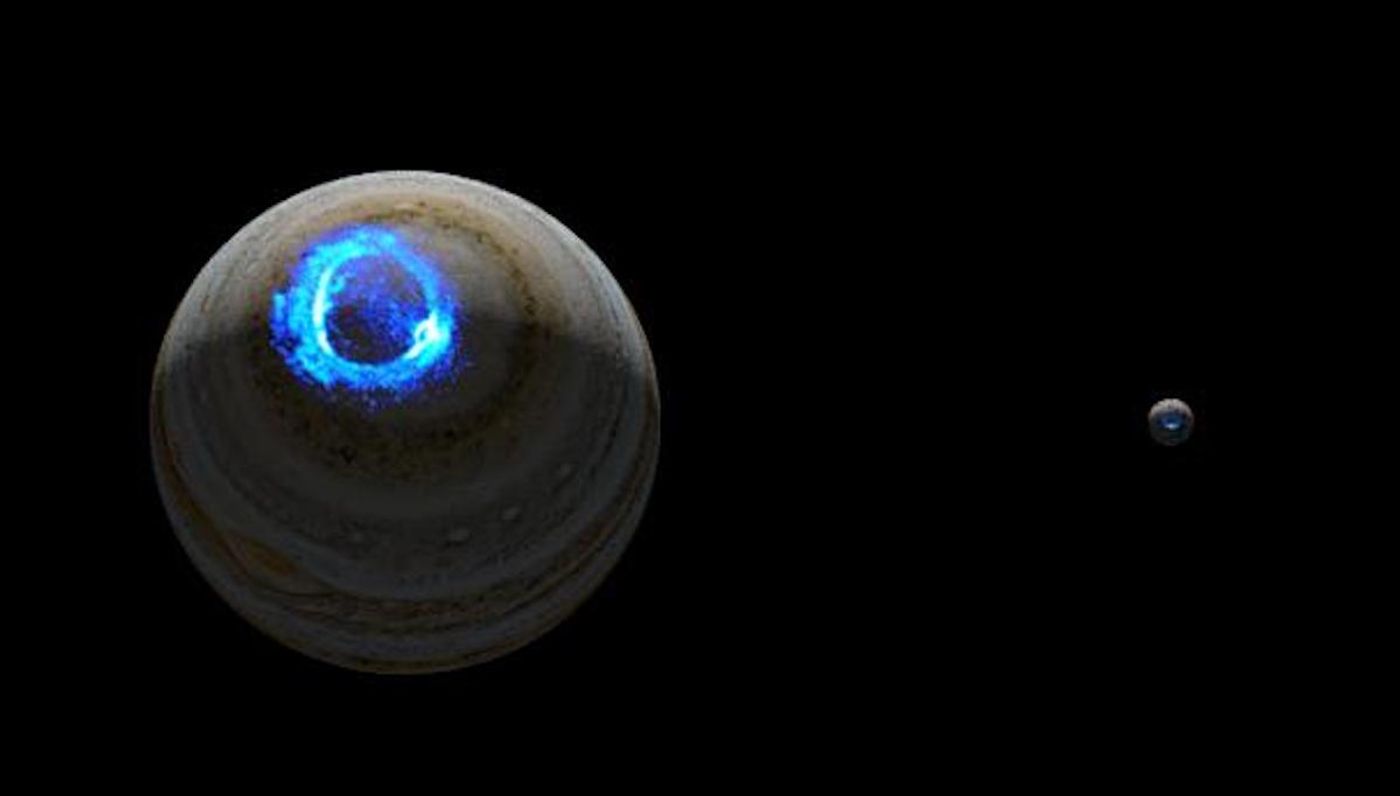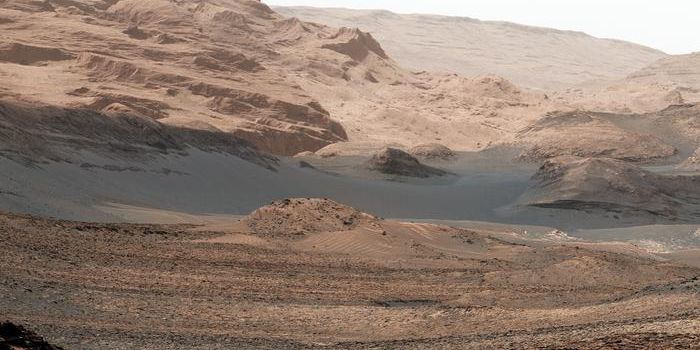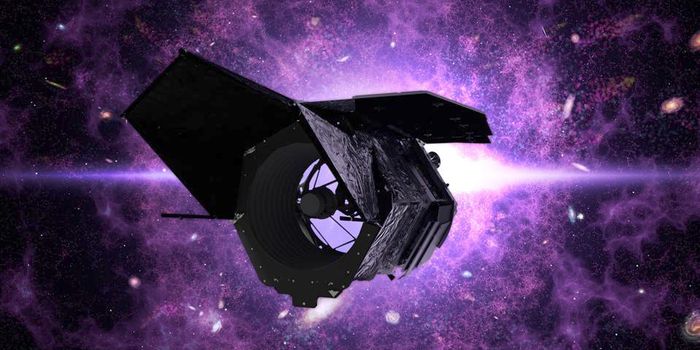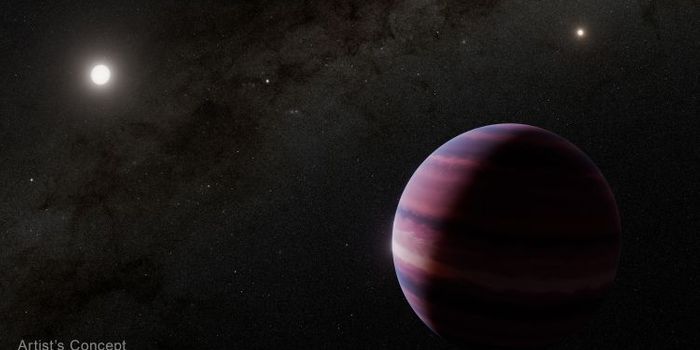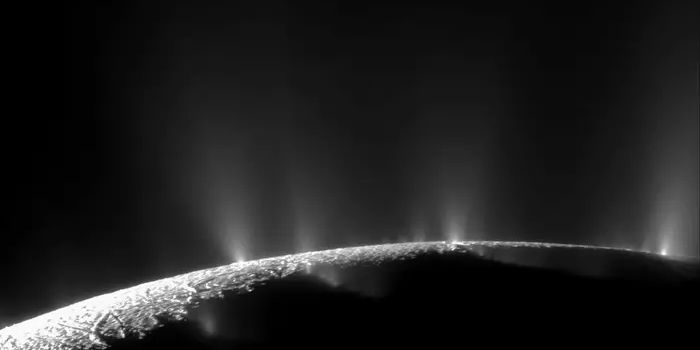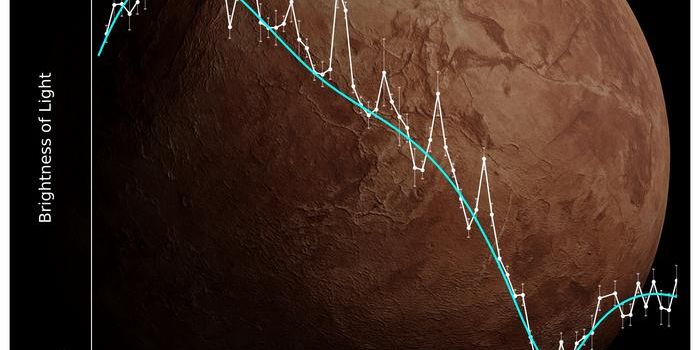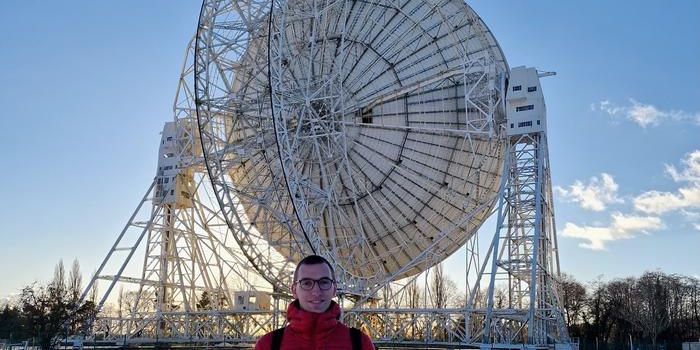Revealing the Origins of Jupiter's Spectacular Auroras
Many years ago, the Hubble Space Telescope was able to catch a glimpse of amazing auroras that occur on Jupiter. Now researchers have tracked them from a starting point on Jupiter's night side until they've fully erupted. These storms come from ovals of auroral activity as they brighten and broaden around the poles of Jupiter. Reporting in AGU Advances, the researchers noted that these auroras are surprisingly reminiscent of the auroral surges that can be seen on some parts of Earth.
The auroras on Jupiter, however, are thought to emit hundreds or even thousands of Gigawatts of ultraviolet light into space. The average nuclear reactor produces about a Gigawatt of power. These arcs rotate from the night to dawn side of Jupiter over a period of about five to ten hours, and their brightness suggests that as they happen, energy moves from Jupiter's magnetosphere to its upper atmosphere.
This work was made possible by the Juno mission to Jupiter. Juno utilizes a spinning solar-powered spacecraft and carries a number of scientific instruments on board that will help us learn more about Jupiter as it orbits the planet for about a year, collecting data. It revolves around once every 53 days on an elongated orbit, which takes it above the poles each time.
“Observing Jupiter’s aurora from Earth does not allow you to see beyond the limb, into the nightside of Jupiter’s poles. Explorations by other spacecraft – Voyager, Galileo, Cassini – happened from relatively large distances and did not fly over the poles, so they could not see the complete picture,” said lead study author Bertrand Bonfond, a researcher from the University of Liège. “That’s why the Juno data is a real game-changer, allowing us a better understanding [of] what is happening on the nightside, where the dawn storms are born.”
Earth's magnetic field or magnetosphere is affected by solar winds. These charged particles stretch the field on the planet's nightside, and when it snaps back, charged particles are released into the ionosphere, creating auroras.
The magnetosphere of Jupiter contains particles released by volcanos on its moon Io. These particles are ionized and trapped by Jupiter's magnetic field.
"When we looked at the whole dawn storm sequence, we couldn't help but notice that the dawn storm auroras at Jupiter are very similar to a type of terrestrial auroras called substorms," noted study co-author Zhonghua Yao, a scientific collaborator at the University of Liège.
The substorms are caused by an explosive reconfiguration of the magnetosphere's tail. While they're related to the solar winds on Earth, overspills of plasma on Io seem to be causing the ones on Jupiter.
"Even if their engine is different, showing for the first time the link between these two very different systems allows us to identify the universal phenomena from the peculiarities specific to each planet," Bonfond said.
Sources: AAAS/Eurekalert! via University of Liege, NASA, AGU Advances
